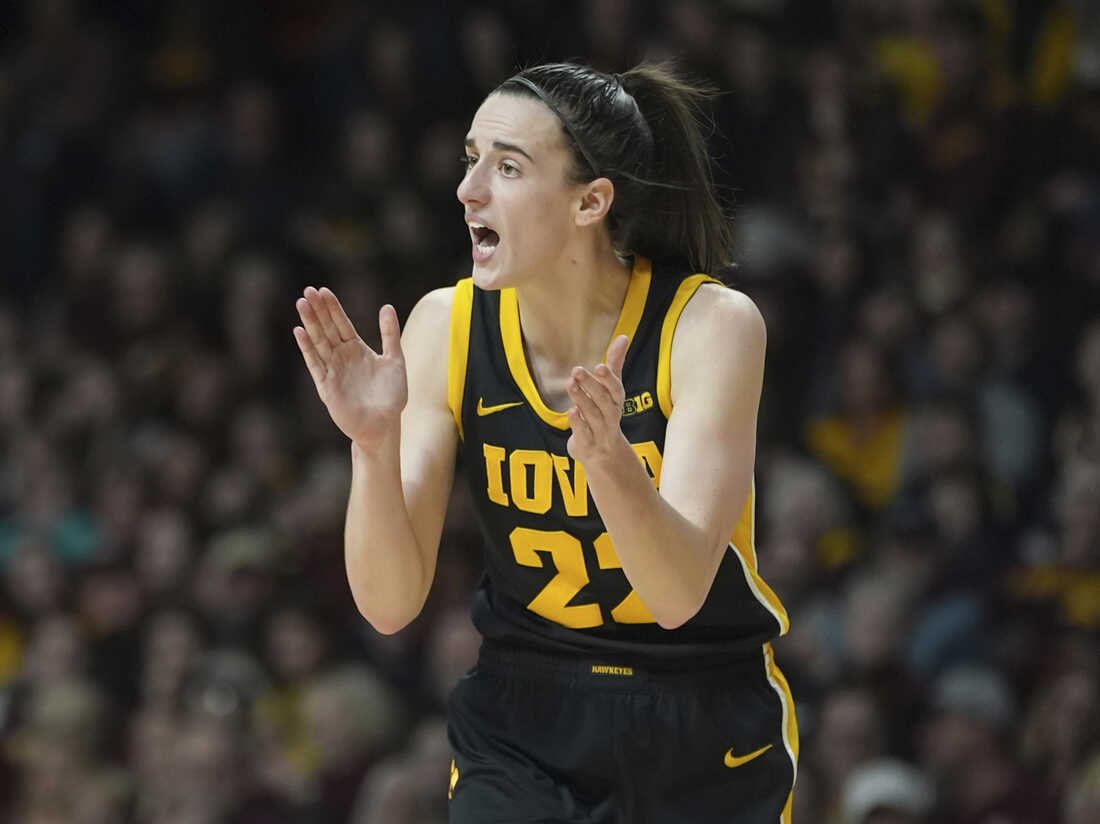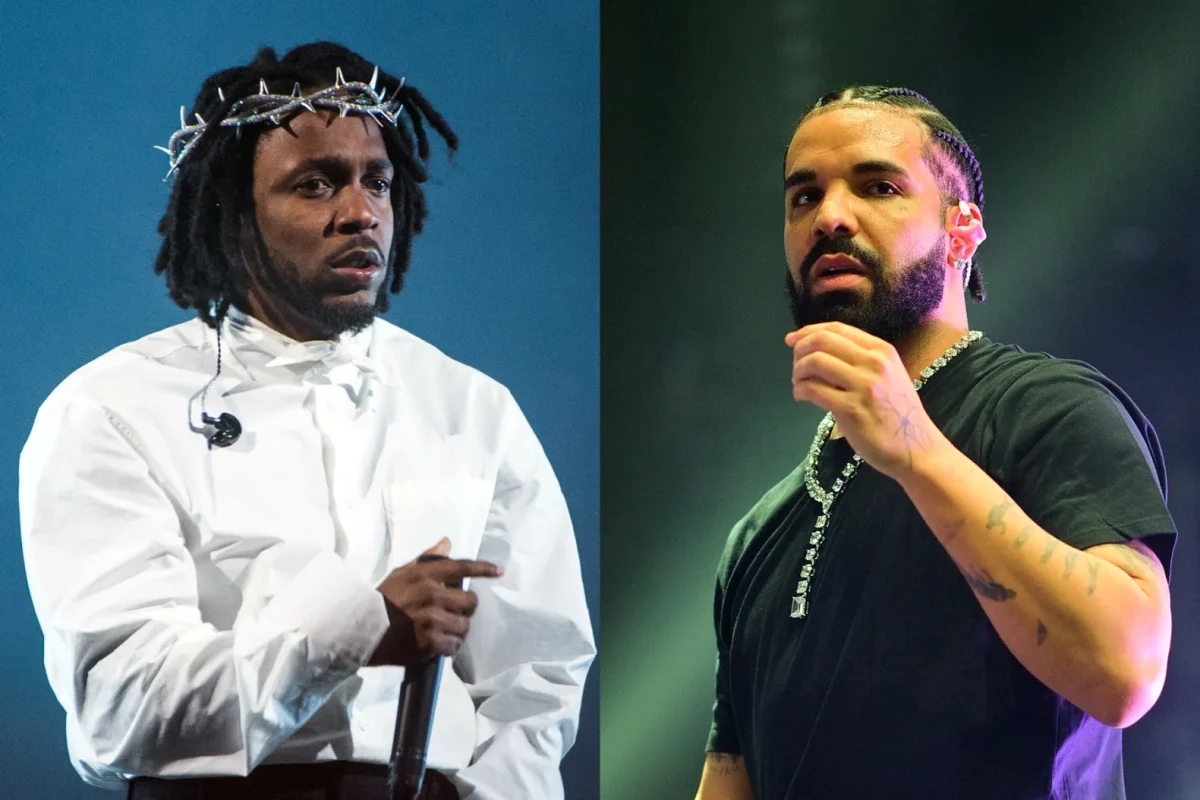Breaking records left, right and center, Caitlin Clark has cemented her legacy on the collegiate level, leaving plenty of justifiable reason to believe she will further evolutionize women’s basketball in her WNBA career.
Caitlin Clark has always aspired to play professional basketball in the WNBA. Last week, Clark was drafted as the number one pick for the Indiana Fever. Her devotion has allowed her to separate herself from the crowd of women who have similar dreams, shattering the record books and doing what most people consider the unthinkable.
According to Clark, she has been putting in the work since elementary school.
“As a young girl I was super competitive,” she said. “I was always somebody who was driven by goals, and I think that’s remained the same throughout my life.”
Clark was a multi-sports athlete, competing in soccer, track, softball and basketball, until her sophomore year in high school, when she decided to concentrate solely on basketball.
Growing up, Clark’s basketball skills were so exponentially advanced compared to her peers that her parents felt compelled to sign her up to play on boy’s AAU teams. Upon her arrival, many parents complained, arguing that girls should not be able to compete in men’s sports. However, in her boys AAU stint, she not only won a championship, but she won the MVP of the league.
Clark has gone as far as attributing some of her current success to her time competing against boys.
“I think [the experience] helped me develop my offensive skill set at a younger age, a little faster than most people would,” said Clark. “When I made the transition from boys basketball to girls basketball, I was already a step ahead.”
Clark even received her first letter of interest from a college when she was in seventh grade.
She then attended Dowling Catholic High School in her home town of West Des Moines, where she competed on varsity level since her freshman year. Clark’s game evolved tremendously in high school. She went from averaging 15 points, five assists and two steals in her freshman year to 27 points, seven rebounds and four assists the following season.
She was named the Gatorade Player of the Year in her junior season, after averaging 33 points, rebounds and four assists in her junior season.
In her senior year, Clark averaged 33 points, eight rebounds and four assists, awarding her a second consecutive Gatorade Player of the Year Award. In three of her four years in high School, Clark was named as a member of the First Team All-State team. She also played for the USA national girls team for some of her high school years, winning a total of three gold medals and going undefeated in each tournament, along with the tournament MVP in 2021.
Despite receiving offers from big name schools like Iowa State and Notre Dame, Clark decided it was in her best interest to attend the University of Iowa, which was closest in location to her home. At the time, the most success the Iowa Hawkeyes had seen was a singular Final Four appearance dating back to 1993.
Despite averaging tremendous individual statistics in her first two seasons, it was not until her last two seasons when she truly became a household name and well-known figure. In her freshman year, Clark and the team participated in the Women’s March Madness tournament, but the Hawkeyes lost to Uconn in the Sweet 16 round. In her sophomore season, the Hawkeyes again suffered a devastating loss to Creighton in the second round, forcing their early exit from the tournament.
In her junior year, Clark averaged nearly 28 points, nine assists and seven rebounds, leading her team to a tremendous jump in the tournament and forcing a historic run all the way to the championship game, in which the Hawkeyes lost, as they ran into an incredibly talented LSU club, led by Angel Reese. An argument can be made that this game not only kicked off the rivalry between Caitlin Clark and Angel Reese, but catapulted women’s college basketball forward in new and exciting ways.
Every season, the men’s and women’s March Madness schedule overlaps each other, and for the most part, people tune into the men’s games because of its popularity. However, in last seasons women’s championship game, attention was drawn towards the chippiness of the game, as a clip of Reese taunting Clark went viral on social media. The clip went so viral that various mainstream media outlets had segments discussing that moment specifically.
From this point moving forward, spectators began paying more attention to both players, which would lead to a significant increase in viewership. As more people began watching, Clark’s dynamic playstyle gained more acknowledgement, and her highlights would constantly go viral on social media, it seemed, on a nightly basis.
Uncoincidentaly, Clark went on to have the best season of her college career this season. Not only did she average nearly 32 points, nine assists and seven rebounds, but she broke nearly every record in the book. Most notably, Clark became the highest scoring player in both women’s and men’s Division I basketball. She is also the only Division I women’s player to have over 3,000 points and 1,000 assists in her career.
A combination of tremendous media attention and outstanding play on the court led to multiple broadcast records being broken. On March 3, Clark passed Pete Maravich to become the highest scoring basketball player in Division I college basketball history. This game garnered 3.4 million viewers on average and peaked at around 4.5 million viewers, making it the most watched women’s regular season game since 1999. Iowa’s first-round victory against the 16 seed Holy Cross became the most viewed first-round game ever, gathering 3.2 million viewers. Iowa’s second round matchup against the West Virginia Mountaineers averaged nearly 5 million viewers, marking it as the most viewed pre Final-Four game in women’s March Madness ever.
Clark and the Hawkeyes continued to shatter records in their Sweet 16 matchup against the Colorado Buffaloes, which had the largest Sweet 16 audience ever at 6.9 million viewers, it was also the second most0watched women’s college basketball game since 1995.
In order to advance to the Final Four, Clark and the Hawkeyes would have to get through Reese and the LSU Tigers, the team that defeated them in the championship game the season prior. Iowa was successful in their mission, defeating the Tigers 94-87 in front of over 12.3 million people, making it the most-watched women’s college basketball game of all time. This record lasted a total of four days, as Iowa’s victory over the Uconn Huskies in the Final Four surpassed 14.4 million viewers.
And as if that wasn’t impressive enough, that record was smashed just days later. Though Iowa did not have enough to defeat 38-0 South Carolina in Sunday’s championship game, it garnered 18.9 million average viewers and peaked at 24 million. This game has also been credited for being the most viewed sporting event since 2019 excluding football and the olympics.
Caitlin Clark has evidently made her mark on college basketball, and she is undoubtedly going to bring much deserved attention to the WNBA. As of this week, she is closing an extremely lucrative deal with Nike reportedly worth over $20 million plus bonuses. Since Clark was drafted, the WNBA has already gone ahead and scheduled 36 of the Fevers’ 40 games to be nationally televised — an unprecedented action to promote women’s basketball. This can only mean that Clark and the Fever will bring more eyes to the WNBA.
The future is bright for not only Clark, but for women’s basketball as a whole.














